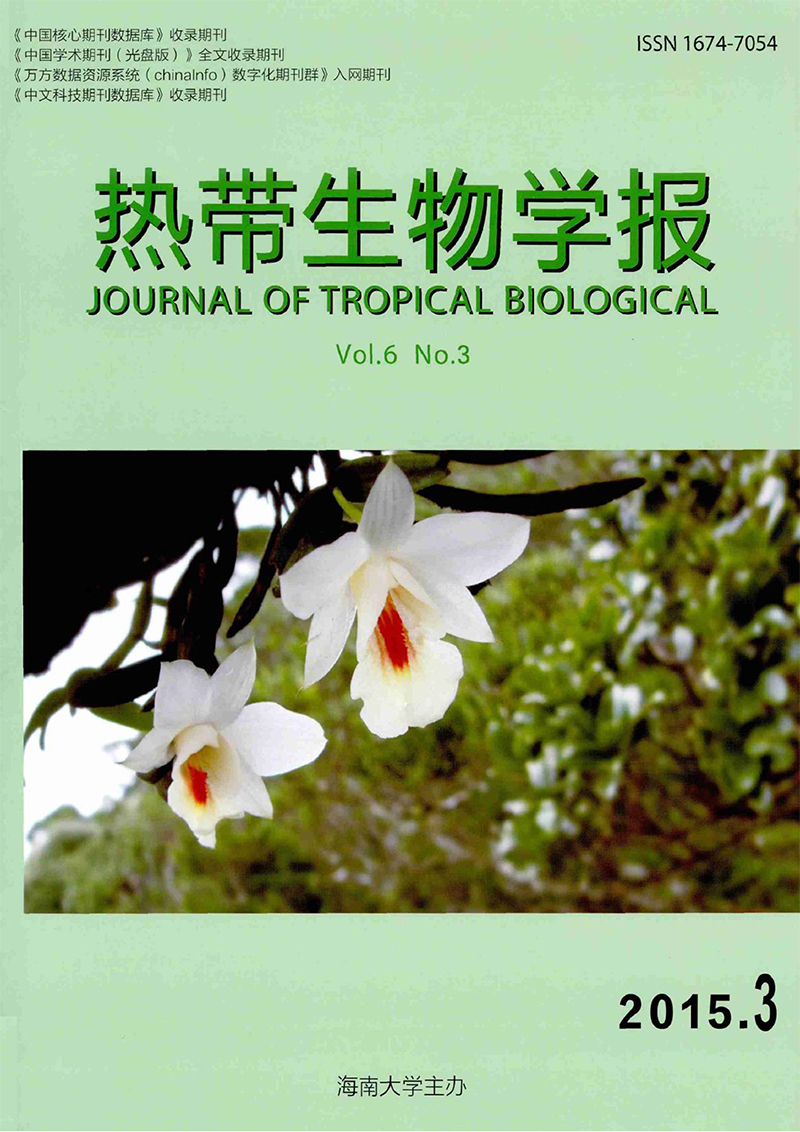Application of Low Field Nuclear Magnetic Resonance Imaging in Detecting Water Content of the Cassava Stem Stored under Low Temperature
doi: 10.15886/j.cnki.rdswxb.2015.03.019
- Received Date: 2015-01-18
Abstract: Stems of two cassava varieties SC5 and SC9 were treated with pregelatinized oxidized cassava starch( Treatment 1),pregelatinized oxidized cassava meal( Treatment 2) and blank as control,and stored under low temperature( 0 ℃). The Low Field Nuclear Magnetic Resonance Imaging( LF-NMRI) method was used to determine the water states and water mobility of the treated cassava stems in view of exploring the effects of water states and water mobility on the survival rate of the treated cassava stems stored under low temperature. Observations showed that free water was the main state of water in the treated cassava stems,accounting for 55%-75%,and mainly distributed in the phloem of the cassava stems. The two treatments improved the survival rate of the cassava stems stored under low temperature as compared to the control,and Treatment 1 gave a higher survival rate of the cassava stems than Treatment 2. At the same time,the SC9 had a higher survival rate than the SC5 after low temperature storage. It could be concluded that the SC9 was higher in tolerance to low temperature than the SC5.
| Citation: | ZHANG Zhenwen, JIAN Chunping, LIN Liming, YAO Qingqun, LI Kaimian. Application of Low Field Nuclear Magnetic Resonance Imaging in Detecting Water Content of the Cassava Stem Stored under Low Temperature[J]. Journal of Tropical Biology, 2015, 6(3): 329-334. doi: 10.15886/j.cnki.rdswxb.2015.03.019 |






 DownLoad:
DownLoad: